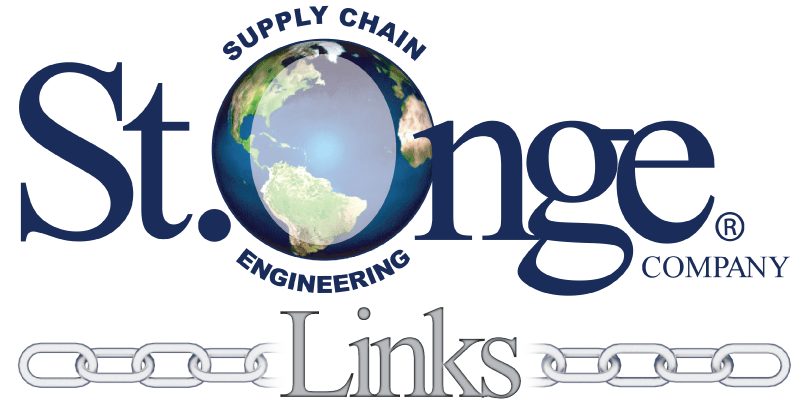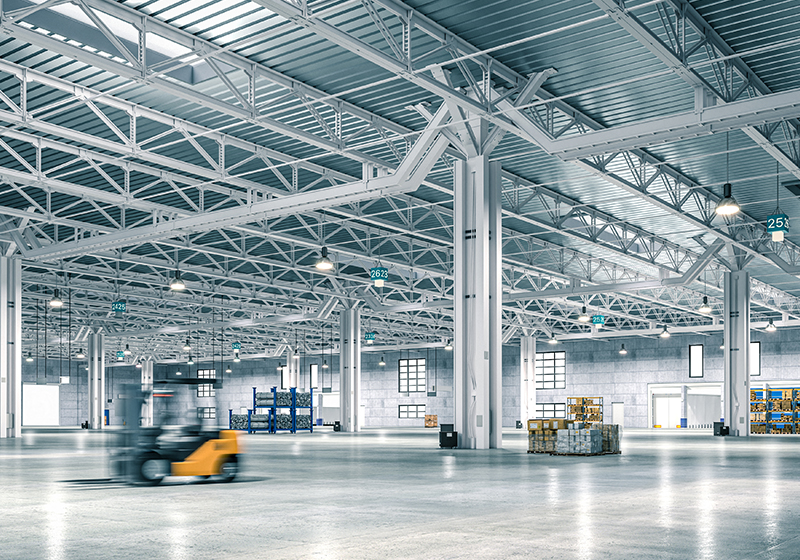
What Is “Intermodal” Transport? When Should It Be Used?
The logistics term “intermodal” refers to using 2 or more distinct modes of transport to move goods from point A to point B. Here is a common example of an intermodal (IM) transport: an overseas container arriving at the port of Long Beach, CA from the Far East is then placed onto a flatbed rail-car at an exchange point, or “ramp” to be taken by train across the country to a another “ramp” in Chicago, IL, where that same container is placed onto over-the-road specialized equipment and trucked to its final destination in Indianapolis, IN. Each change in transit mode is referred to a “leg” of the IM trip. In my example, “Leg 1” is the over the water movement of the container across the ocean. “Leg 2” is the railway move between terminals of a railroad. “Leg 3” is the movement from the terminal to the final destination via over-the-road carriage by a trucking company. In my example, These 3 legs comprise one intermodal shipment.
Advantageous Situations for Intermodal Transport Usage
- “Longer Haul” transport from origin to destination: approximately 600 to 800 miles depending on lane
- Close proximity to an IM ramp (exchange point) at both the origin and destination nodes: approximately 1 to 250 miles
- Replenishment (interfacility) movements of the shipper
- Lanes without needed common carriage availability (when driver or over-the-road (OTR) equipment is in short supply)
As any experienced transportation manager can tell you, the longer the haul the more cost effective IM transport will be than OTR transport. However, that doesn’t mean that every shipment is applicable for IM transport. Shorter hauls have minimum charges at each exchange point which can drive point-to-point rates much higher than a truckload carrier. In addition to the cost gap closing with shorter hauls, the low density of IM ramps, railways, and “sailing” schedules as compared to OTR transport can make short hauls excessively time consuming. For most of our clients, IM is predominately used between the client’s facilities (Plants, Co-Mfg, Suppliers, and/or DCs). These lanes lend themselves to IM transport because safety stock can be maintained at the destination to mitigate the risk of the lead time variation that inevitably occurs. Precision Scheduled Railroading (PSR) has lowered the lead time variation over the past decade; however IM deliveries are not yet at the level of consistently hitting required delivery windows within a few hours or even viable in a JIT supply chain.
Shipper’s Expectations of Intermodal Transport
- Primary: Freight cost savings
- Secondary: Lower carbon emissions
For the advantageous situations listed above, intermodal transport is consistently 12% to 25% lower than over-the-road (only) transport. This lower cost is largely due to the fact that one locomotive engine can move a high number of cars on the rail leg, leveraging the economies of scale across each container. This same principal applies to the lower net carbon emissions. For the rail leg, the emissions from the engine is not less than an individual diesel engine, but when the train engines are spread across a large number containers per movement, it lowers the net carbon emissions per individual container. For shippers with goals of being carbon neutral or maintaining that standard, IM transport helps in that regard.
Disadvantageous Situations for Intermodal Transport Usage
- Diesel fuel prices per gallon of less than approximately $2.20 depending on your fuel surcharge schedule
- Customer deliveries where a delivery window is required or in a JIT environment
- Multi-Stop or LTL shipments
- Deep supply chain visibility required
Of course, there is a downside to everything. Firstly, fuel surcharges are calculated differently for IM than for over-the-road (OTR) transport, creating a point where the cost advantage of IM versus OTR is less so. Intermodal is surcharged as a percentage of the base linehaul charges per container, whereas OTR transport is surcharged per mile driven. Since the scales are different, the savings gap narrows as the national, average diesel price per gallon gets below approximately $2.20 per mile. Transportation managers (or their designated TMS) typically have an exact threshold at which they will pay a slight premium for OTR on a specific lane due to the lower transit time variation. Put another way, for 4% extra cost, most transportation managers will tender a load to an OTR carrier because they see a service benefit in terms of a defined delivery time. Speaking of delivery windows, IM is rarely used on external customer deliveries due to customer requirements of hitting a specific delivery window of a few hours or incurring financial penalties. The “sailing” schedules of the trains as well as delays at the IM ramps (on and off the railcar) makes the delivery times vary too much on one shipment to the next, driving up safety stocks and putting customer fill rates at risk. I also need to mention that supply chain visibility is becoming more and more important to shippers in the digital age, and the IM movements (especially on the rail legs) are behind OTR carriers at the moment in this regard. Finally, IM is not viable for multi-stop shipments, as the railway legs only stop at designated terminals. Similarly, for LTL or LCL shipment sizes, IM transport is not a cost effective option (just like truckload carriers are not as cost effective as LTL carriers) for the same reason: shippers are paying for the whole container or trailer whether they use up the space or not.
—Craig Vorse, St. Onge Company





